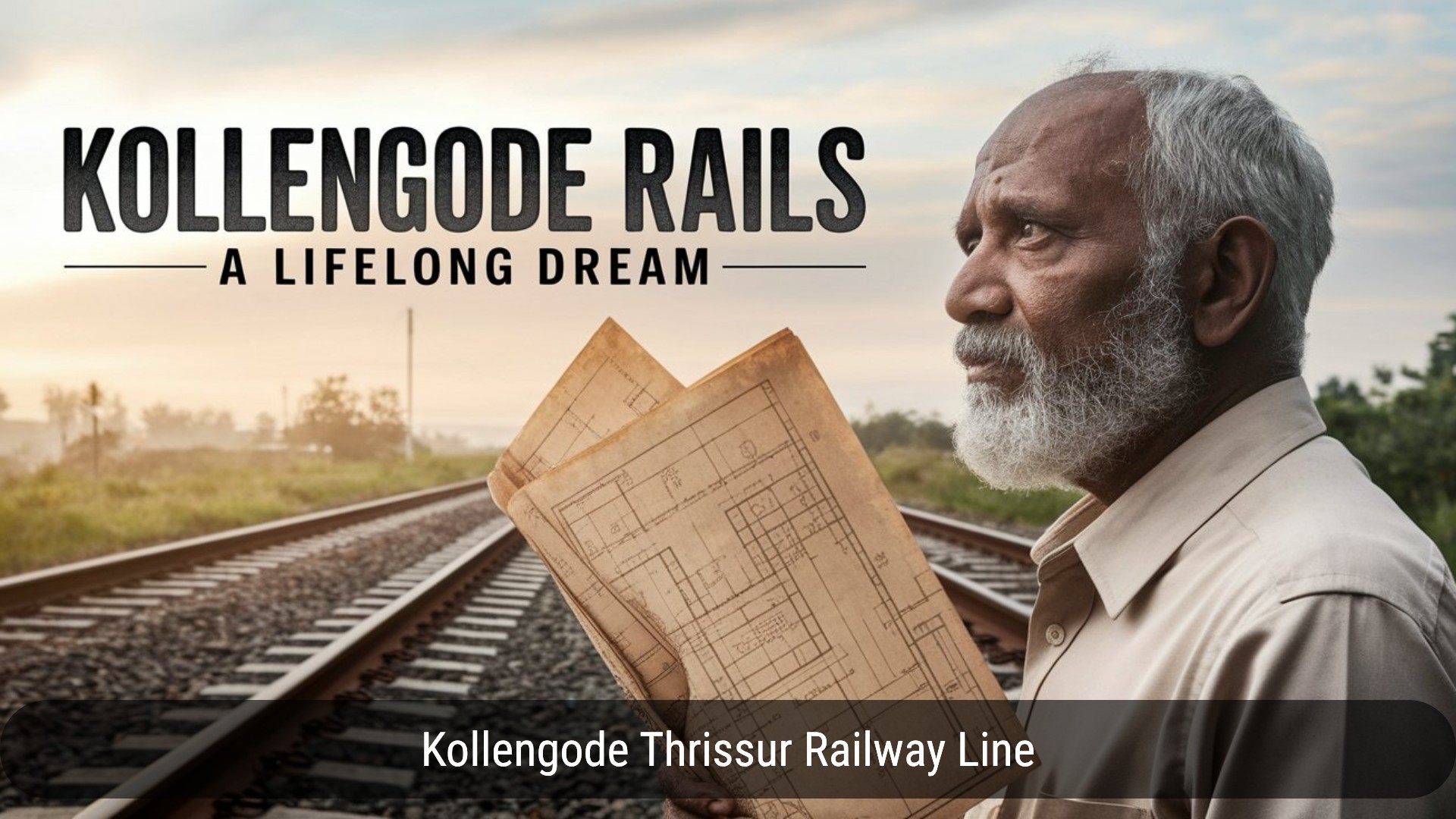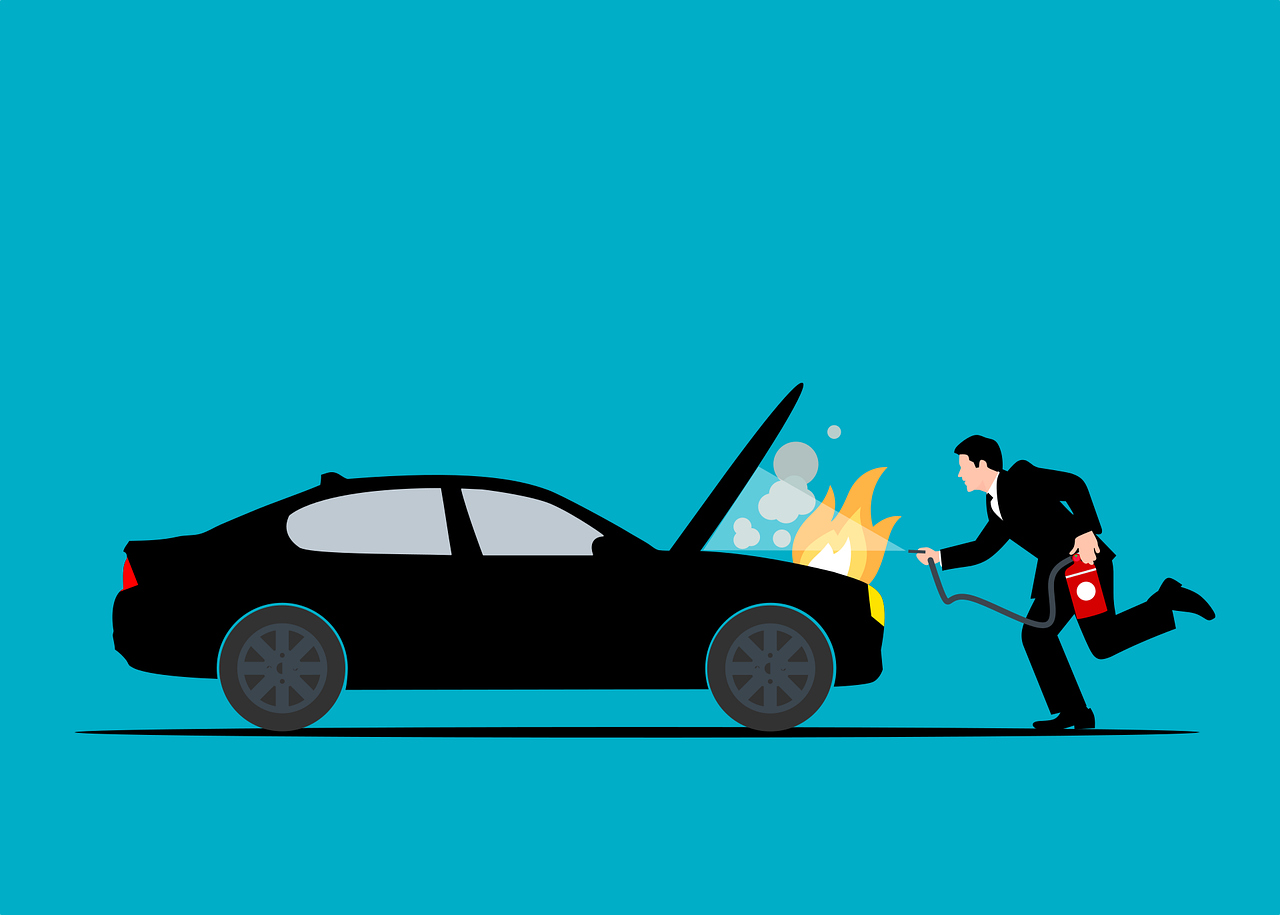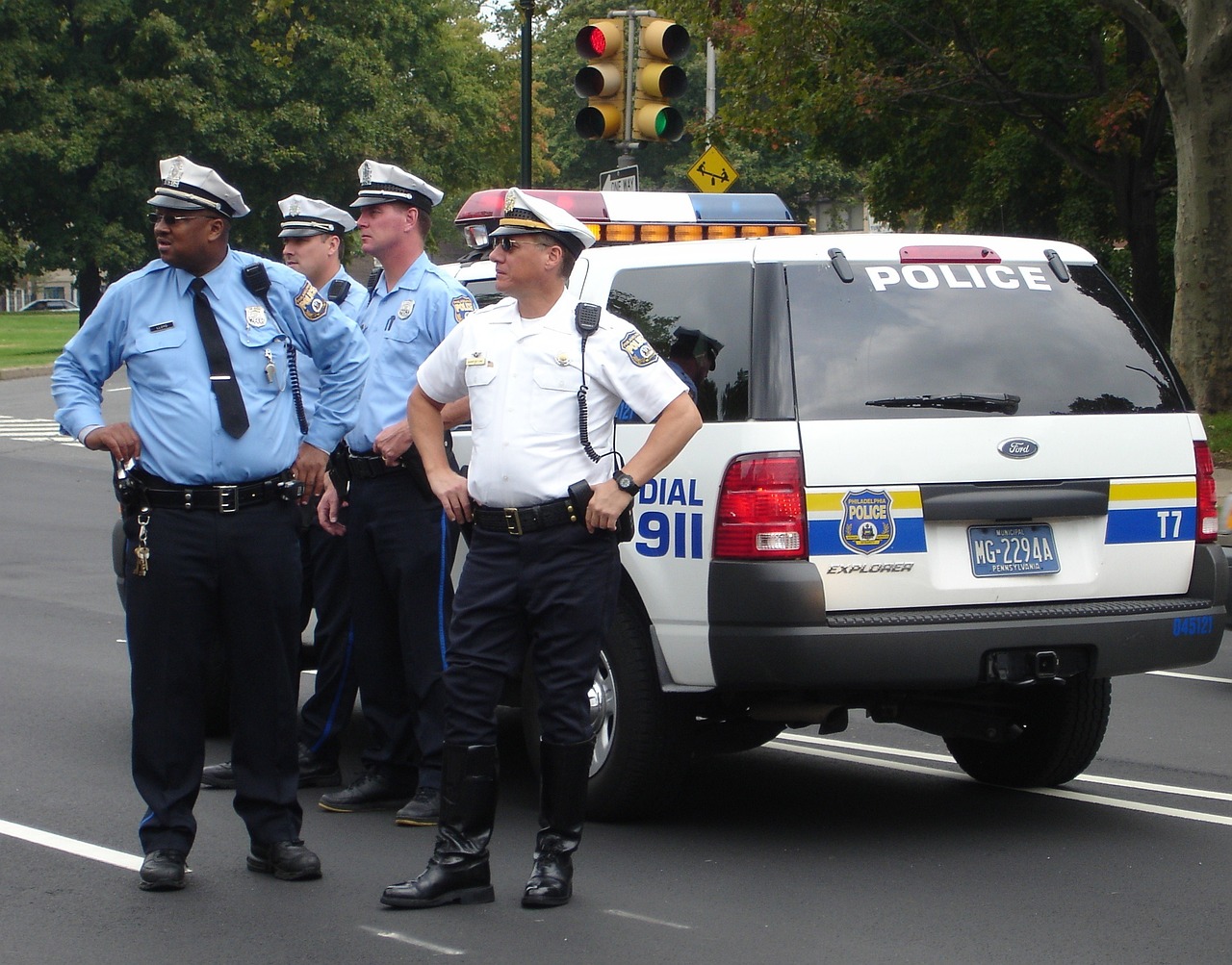Kollengode–Thrissur Railway Line: A Long-Pending Project – Can Transform South India’s Connectivity
Kollengode–Thrissur Railway Line — A Shelved Project That Deserves Immediate Attention!
For over 40 years, railway advocate Madan Menon Thottasseri has been pushing for the Kollengode–Thrissur railway line, a crucial rail link that can transform transport, trade, pilgrimage, and tourism between Tamil Nadu and Kerala. This 89 km proposed railway will not just connect towns but entire economies, cultures, and communities.
➡ What makes this project significant?
✅ Pollachi–Thrissur Chord Line:
A direct interstate rail link bypassing the busy Palakkad route, enabling faster movement of freight and passengers.
✅ Boost to Container Traffic:
This link will facilitate smoother movement between Tuticorin and Kochi Ports, supporting trade and business.
✅ Pilgrimage Corridor:
A rail connection between Palani–Pollachi–Kollengode–Thrissur–Guruvayur will attract countless pilgrims, with the potential to run round-the-clock services.
✅ Tourism Development:
The route passes through the gateway to Nelliyampathy hills, known for tea gardens, orange farms, cardamom estates, and famous festivals like Nenmara-Vallanghy Vela.
✅ Alternative Trunk Route:
The future alignment will help decongest the saturated Thrissur–Ottapalam–Palakkad trunk section, functioning like a ‘third line’ from Podanur to Thrissur.
✅ Festivals and Culture:
Nemmara and surrounding villages are known for year-round temple festivals, adorned elephants, Chendamelam, Panchavadyam, and fireworks, drawing tourists from across the world.
✅ Agricultural & Trading Hub Connection:
Pollachi is South India’s hub for cattle, jaggery, paddy, and vegetables. A direct rail link to Thrissur will enhance trade flows and benefit farmers and traders across states.
✅ Enhanced Hill Station Tourism:
Proximity to hill stations like Nelliyampathy (Kerala), Valparai (T.N), and Top Slip (T.N), along with water reservoirs like Pothundy, Mangalam, Peechi, and more, makes this a must-implement project.
🔎 Quick Facts:
📍 Proposed Line: Kollengode–Thrissur (89 km)
📍 Bypass: Palakkad, reducing freight & passenger travel times
📍 Benefits: Trade, tourism, agriculture, pilgrimage, and decongestion of trunk lines
🔔 Let’s Make It Happen!
Railway forums, passenger associations, and well-wishers from Pollachi, Kollengode, Nenmara, Thrissur — this is the time to unite, voice support, and lobby for this vital rail link.
💬 Share your thoughts in the comments.
📢 Spread awareness by sharing this video!
Follow for more updates on Indian Railway projects and regional development:
🌐 Website: https://bit.ly/4kSHmYm
📹 YouTube: https://bit.ly/4hJYmO5
📘 Facebook: https://bit.ly/4io2PqK
🐦 Twitter: https://bit.ly/4io2Hrg
📷 Instagram: https://bit.ly/4c365FL
Video created using the inputs received from Madan Menon Thottasseri
https://bit.ly/4iodJg6
via YouTube https://www.youtube.com/watch?v=hQALErophgs
March 21, 2025 at 12:40PM









